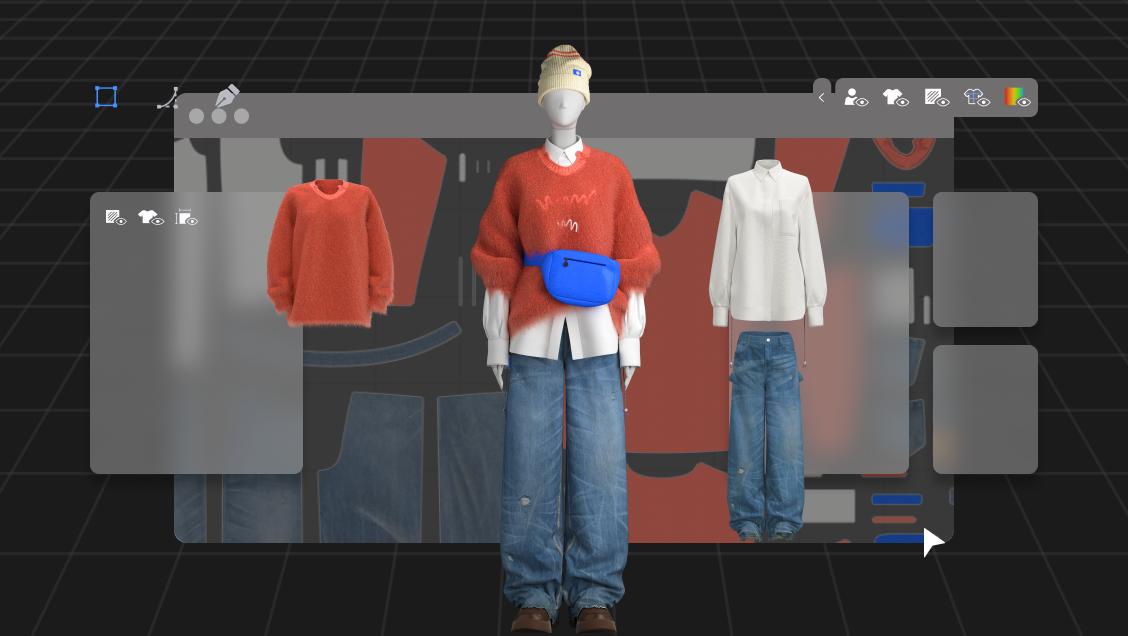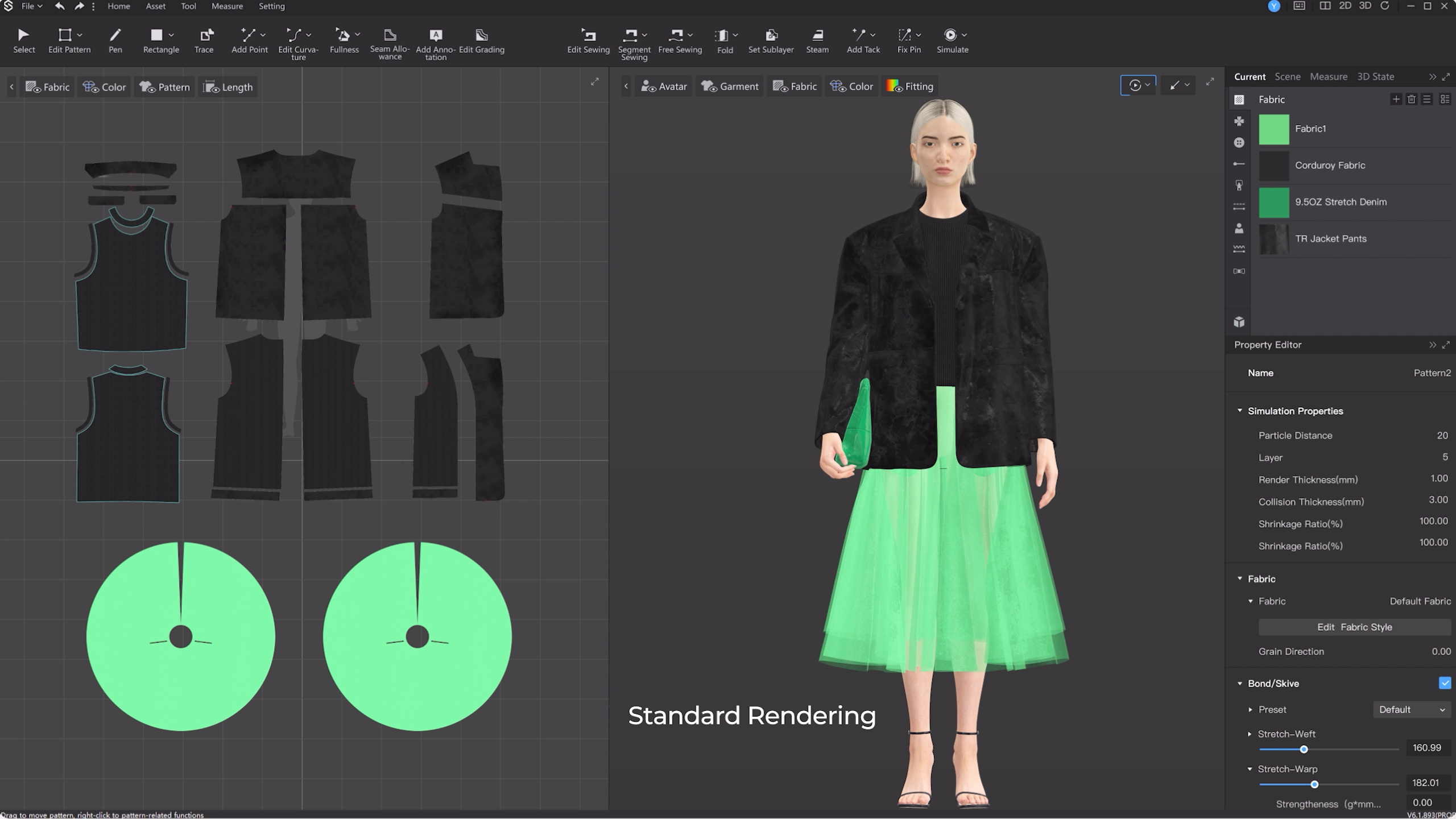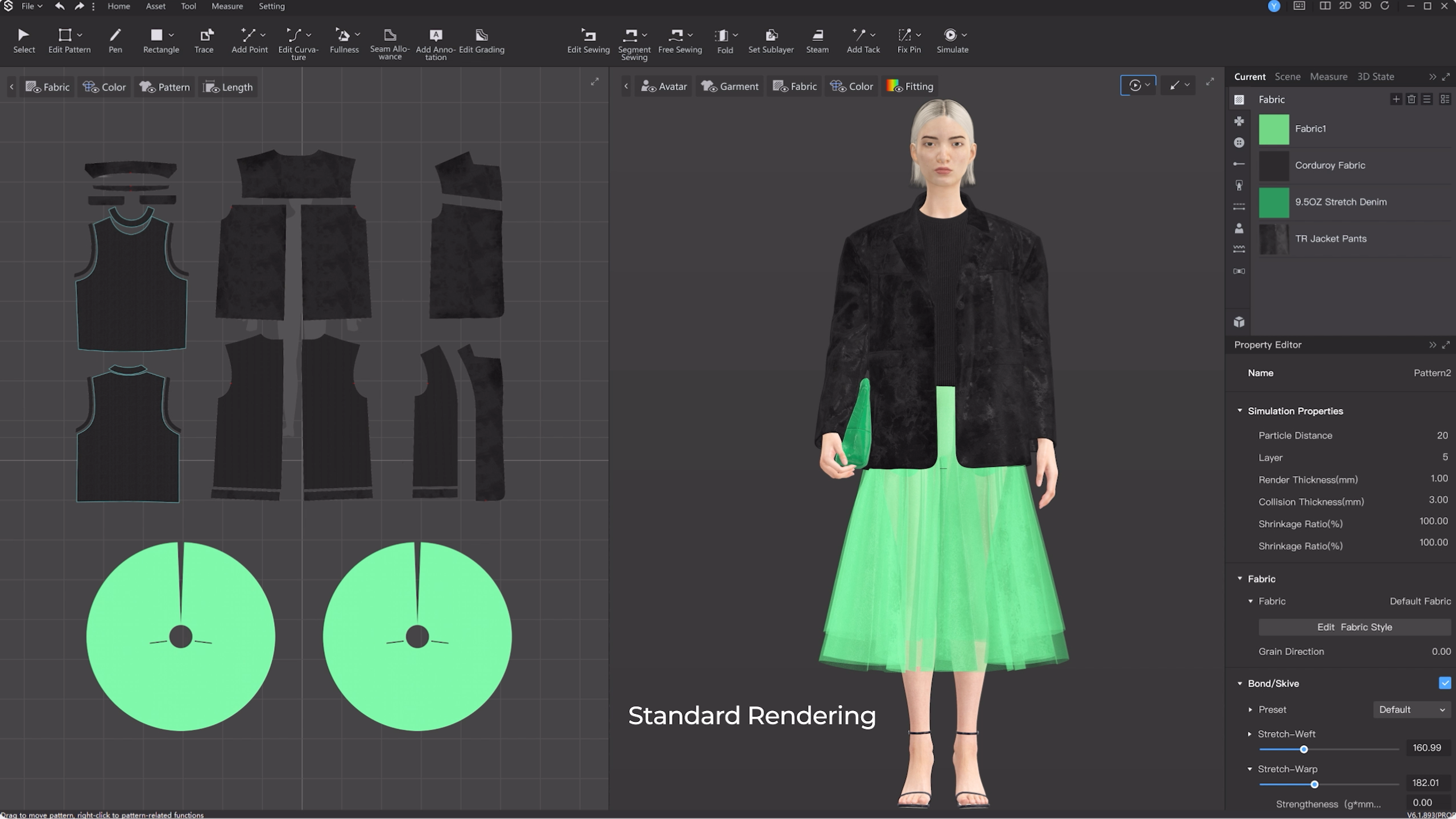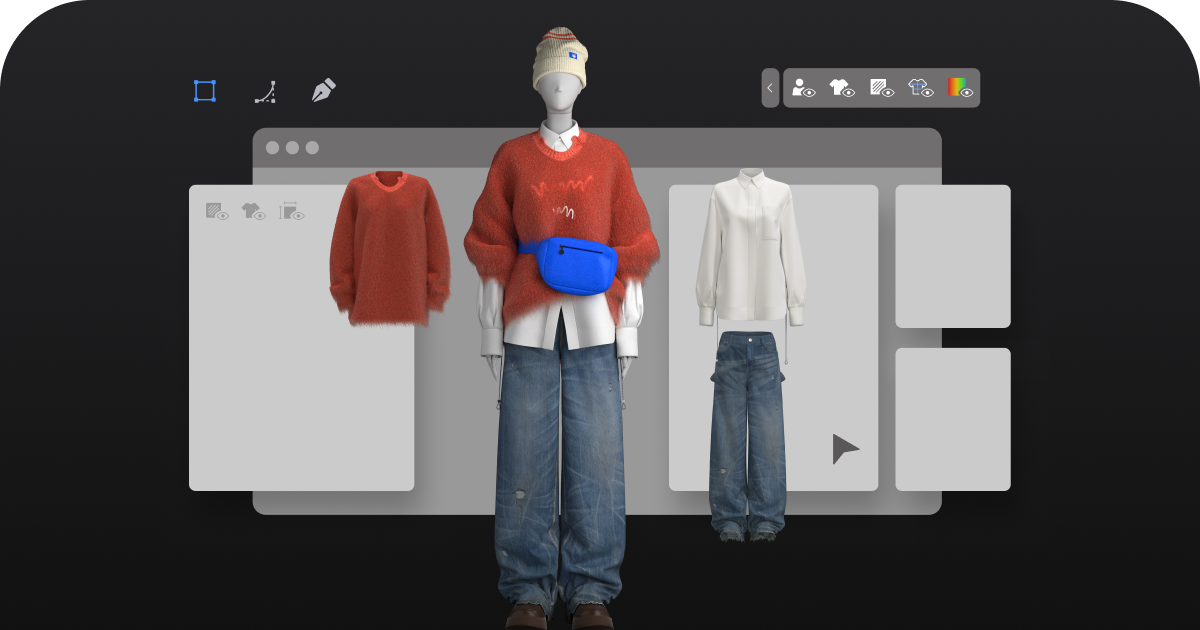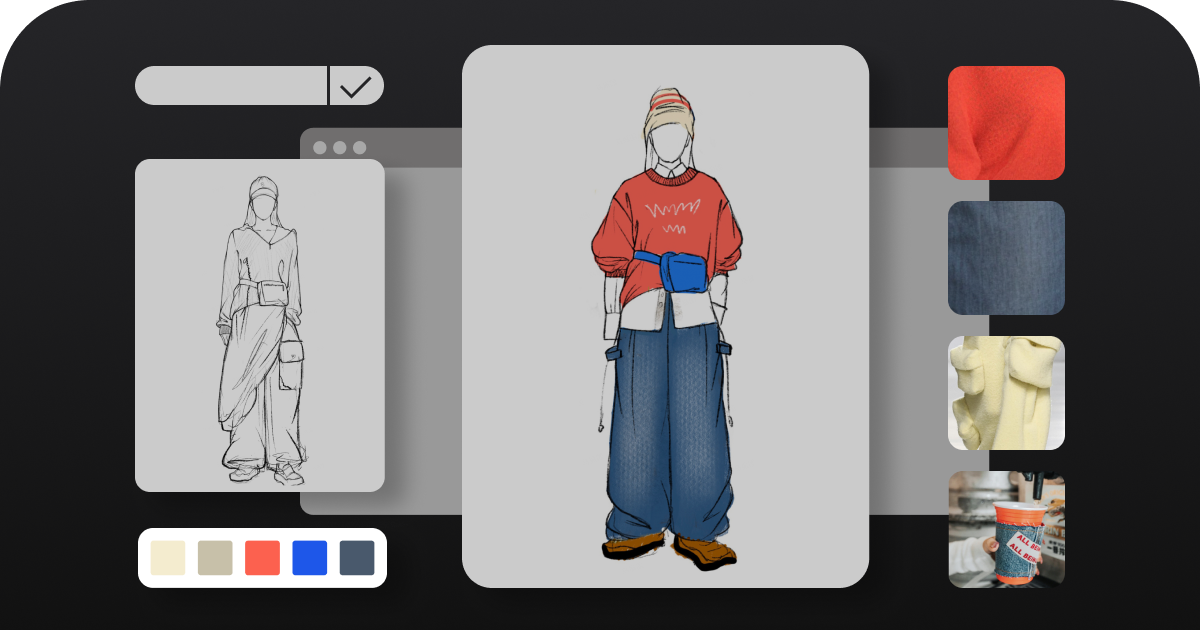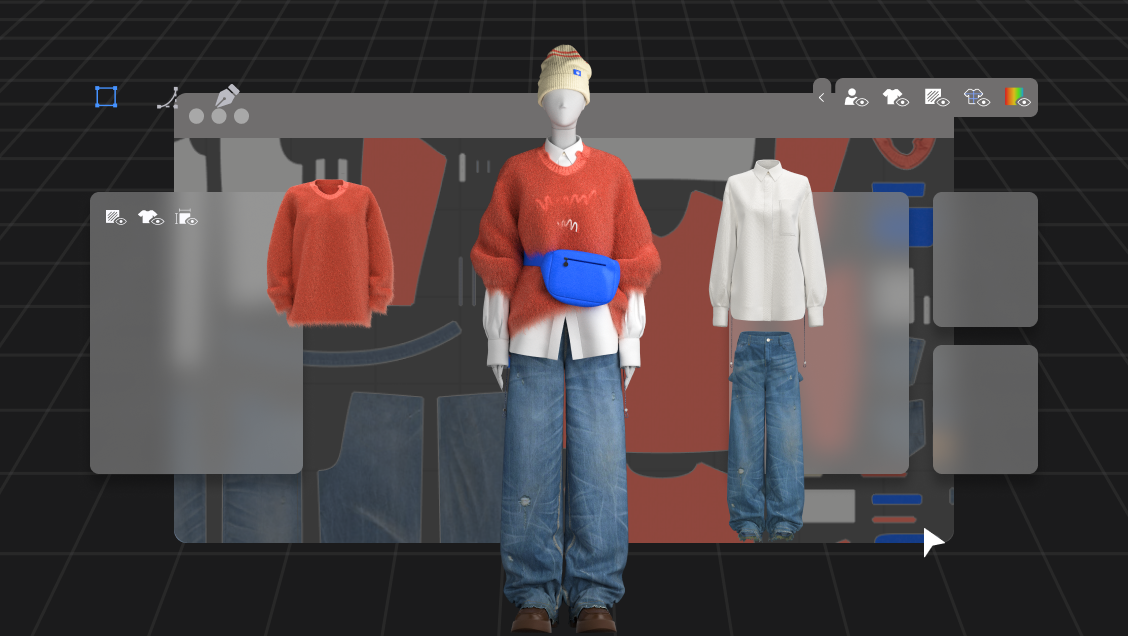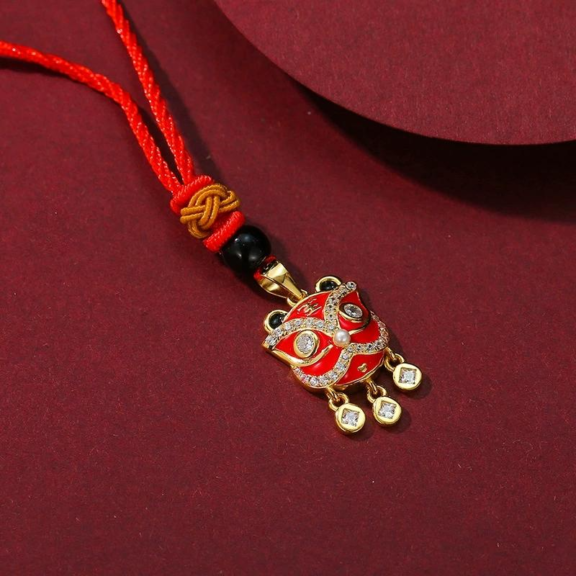**AI in Fashion: Revolutionizing Design, Production, and Sustainability for a Smarter Future**
February 28, 2025 | News | No Comments
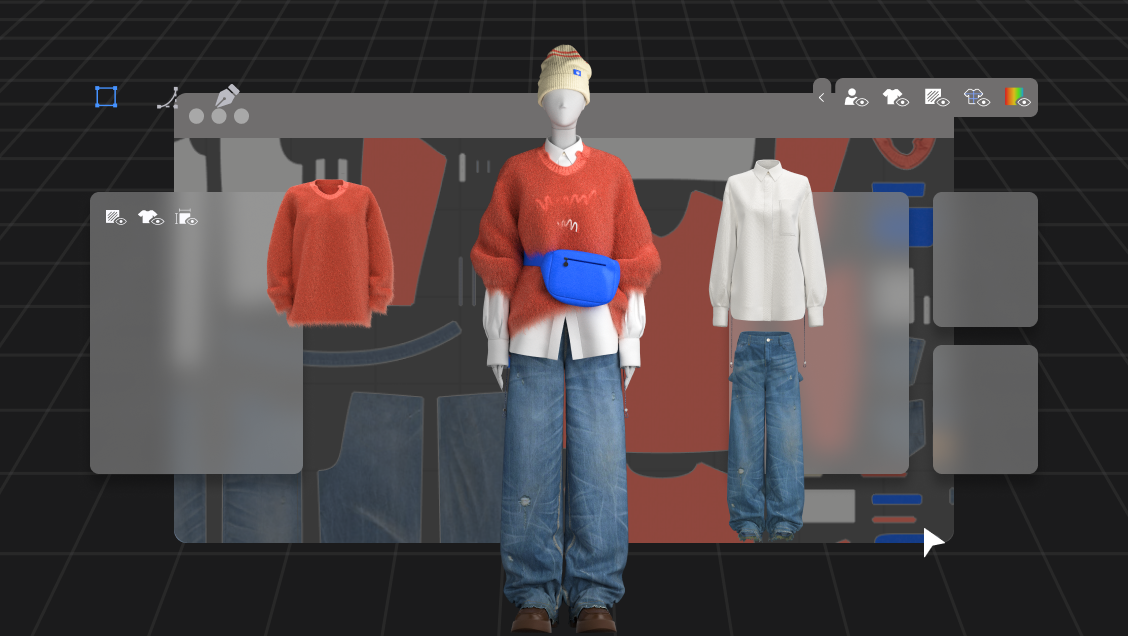
The Future of Fashion: How Artificial Intelligence is Revolutionizing the Industry
In recent years, the fashion industry has witnessed a significant transformation, thanks to the integration of Artificial Intelligence (AI). This cutting-edge technology is not just a buzzword; it’s a game-changer that is reshaping how fashion brands design, produce, and market their products.
What is Artificial Intelligence in Fashion?
Artificial Intelligence refers to the simulation of human intelligence in machines that are programmed to think and learn like humans. In the context of fashion, AI is being used to automate processes, predict trends, and personalize customer experiences. From virtual fitting rooms to AI-driven design tools, the possibilities are endless.
How AI is Transforming Fashion Design
One of the most exciting applications of AI in fashion is in the design process. Traditional design methods often involve a lot of trial and error, but AI can streamline this by analyzing vast amounts of data to predict what styles will be popular in the future. For instance, Style3D offers advanced AI tools that allow designers to create virtual prototypes, reducing the need for physical samples and speeding up the design process.
AI in Production and Supply Chain Management
AI is also making waves in the production and supply chain aspects of the fashion industry. By leveraging AI algorithms, companies can optimize their supply chains, reduce waste, and improve efficiency. Predictive analytics can forecast demand, ensuring that the right products are available at the right time, minimizing overproduction and stockouts.
Personalized Shopping Experiences
Another area where AI is making a significant impact is in personalized shopping experiences. AI-powered recommendation engines analyze customer data to suggest products that align with individual preferences and past purchases. This not only enhances the shopping experience but also increases customer satisfaction and loyalty.
The Role of AI in Sustainability
Sustainability is a growing concern in the fashion industry, and AI is playing a crucial role in addressing this issue. By optimizing production processes and reducing waste, AI helps brands become more environmentally friendly. Additionally, AI can assist in creating more sustainable materials and designs, contributing to a greener future for fashion.
Conclusion
The integration of Artificial Intelligence into the fashion industry is not just a trend; it’s a revolution. From design and production to personalized shopping and sustainability, AI is transforming every aspect of the industry. As technology continues to evolve, the possibilities for AI in fashion are limitless, promising a future that is more efficient, innovative, and sustainable.
For more information on how AI is shaping the future of fashion, visit Style3D.
Keyword: 3d clothing designer
